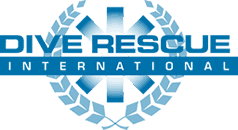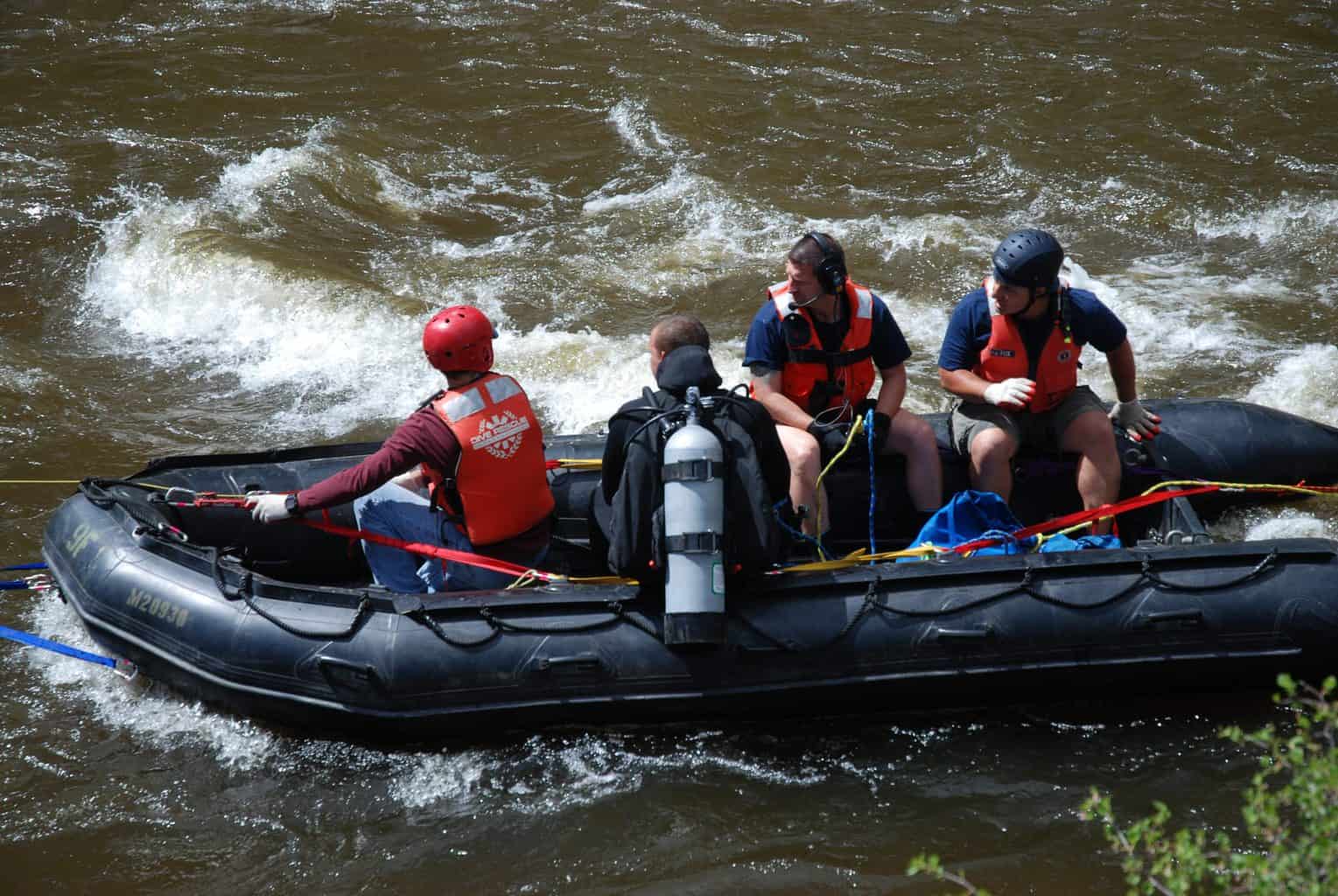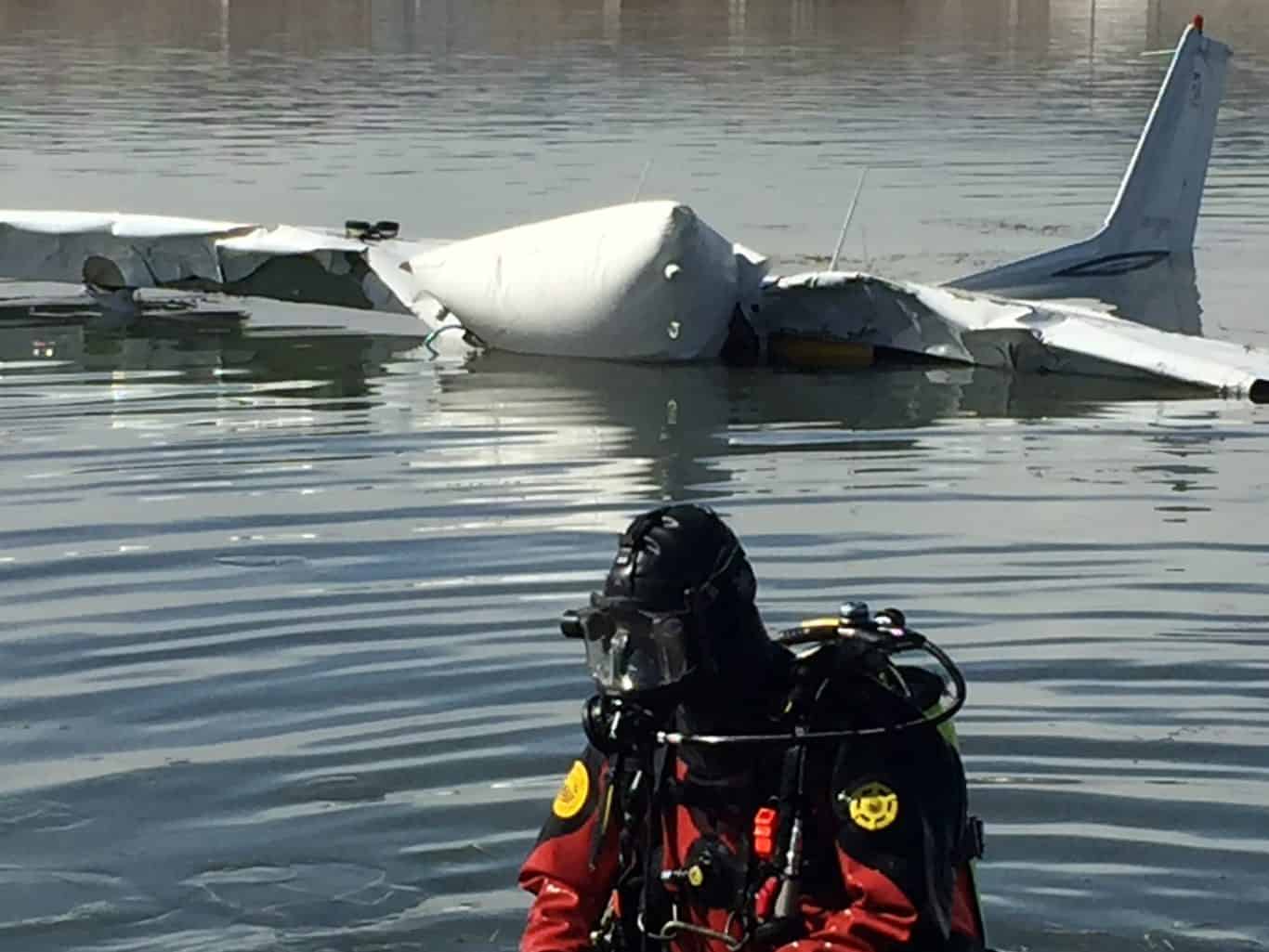Come train with the Pierce County Sheriff and Dive Rescue International this fall in Puyallup, Washington October 4-8. These courses will be run together – saving one day of training.
Current Diving is the internationally renowned three day (24 hour) training program for certified divers. By
learning to use specialized equipment and proven search techniques dive teams will be prepared to safely
complete complex, challenging and potentially dangerous current diving operations. Students will learn
anchoring and high line techniques to better prepare their team for various incident scenarios.
This program is presented in the classroom, pool and open-water to allow students to become familiar
with the techniques prior to field scenarios. Successful completion of this program is measured in class
participation and an end of program comprehensive test.
Key training topics and the associated objectives include:
SWIFTWATER ORIENTATION
• Define swiftwater and locations where it may be found
• Describe swiftwater hydrology including: basic characteristics, flow and velocity
• Name and describe the six categories of swiftwater
• Identify swiftwater hazards
ACCIDENT SITE EVALUATION
• Explain how to determine flow of swiftwater
• Describe how to perform and Accident Site Survey
• Name sources for locating hazard and accident sites
• Name preplanning sites that may be used for training
SELF-RESCUE TECHNIQUES
• Explain self-rescue techniques
EQUIPMENT
• Name and describe use of the following equipment: throwline bags and highline systems
• Describe boat rigging
KNOTS
• Identify and be able to produce the figure-eight family of knots
• Identify direct action tactics
• List police responsibilities and preparation
PREREQUISITES
All students must be a member of a public safety agency and at least 18 years of age. Students must
read and complete a RSTC medical statement prior to attending class. Any diver answering yes to any
contraindication must have the form signed by a physician. Diving students must have proof of open water
certification.
This program is designed for personnel who are physically fit. Participants are encouraged to participate
after successfully completing the IADRS Watermanship Test or testing to a fitness level of 13 MET
(Metabolic Equivalents) or greater. Participants with aerobic fitness questions or concerns should consult
their physician prior to in-water training. Participants who have poor aerobic fitness may attend this program
as surface support personnel with the approval of the instructor.
Estimated Schedule:
DAY 1
8:00 – 8:30 Registration, Introductions, and Course Review
8:30 – 12:00 Classroom
12:00 – 1:00 Lunch Break
1:00 – 5:00 Pool Skills and Exercises
DAY 2
8:00 – 10:00 Classroom
10:00 – 12:00 Field Exercises
12:00 – 1:00 Lunch
1:00 – 6:00 Field Exercises
DAY 3
8:00. – 3:00. Field Exercises
3:00 – 5:00. Review and Final Exam
Light Salvage and Recovery is Dive Rescue International’s renowned three-day (24 hour) training program
for certified divers and surface support personnel. The Light Salvage and Recovery program offers an
environmentally-conscious service to your community. Students should be prepared to make several lifts
using various techniques. The focus of the program will be conducting salvage operations as they apply to
underwater crime scenes and investigations. The techniques taught in this program can be applied to the
salvage or recovery of boats, automobiles and aircraft. This program is conducted in a classroom, pool and
at an open-water site to allow students to practice their new skills in a controlled environment before
field scenarios.
Key training topics and the associated objectives include:
EQUIPMENT
• Identify the different types of lift bag and salvage tube designs and their lift capacities
• Define lift bag valves and their purpose
• Describe the various types of attachment straps and their use
• Define the following and their use for lift/recovery operations: carabiners, clevis pin assembly, tubular
webbing, manifold control device, air supply, and inflation equipment
LIGHT SALVAGE AND RECOVERY EVALUATION
• Describe characteristics of the scene to evaluate
• Define current vs. still water in scene evaluation
STAGE LIFT OPERATIONS
• Identify components of stage lift operations
LIFT BAG RIGGING OPERATIONS
• Identify and describe the three types of lift bag rigging options
• Describe required lifting capacities using formulas given
• Define the following: weight reduction underwater, average vehicle weight, and boat towing
guidelines
GENERAL SAFETY GUIDELINES
• Discuss general safety guidelines in relation to the divers
• Identify safety guidelines to be followed for equipment
Estimated Schedule:
DAY 1
Day 1
8:00 – 8:30 a.m. Registration, Introductions, and Course Review
8:30 – 12:00 p.m. Classroom
12:00 – 1:00 p.m. Lunch Break
1:00 – 5:00 p.m. Pool Exercises
DAY 2
8:00 – 12:00 p.m. Field Exercises
12:00 – 1:00 p.m. Lunch Break
1:00 – 5:00 p.m. Field Exercises
DAY 3
8:00 – 12:00 p.m. Field Exercises
12:00 – 1:00 p.m. Lunch Break
1:00 – 4:00 p.m. Field Exercises
4:00 – 5:00 p.m. Classroom
See you there!


